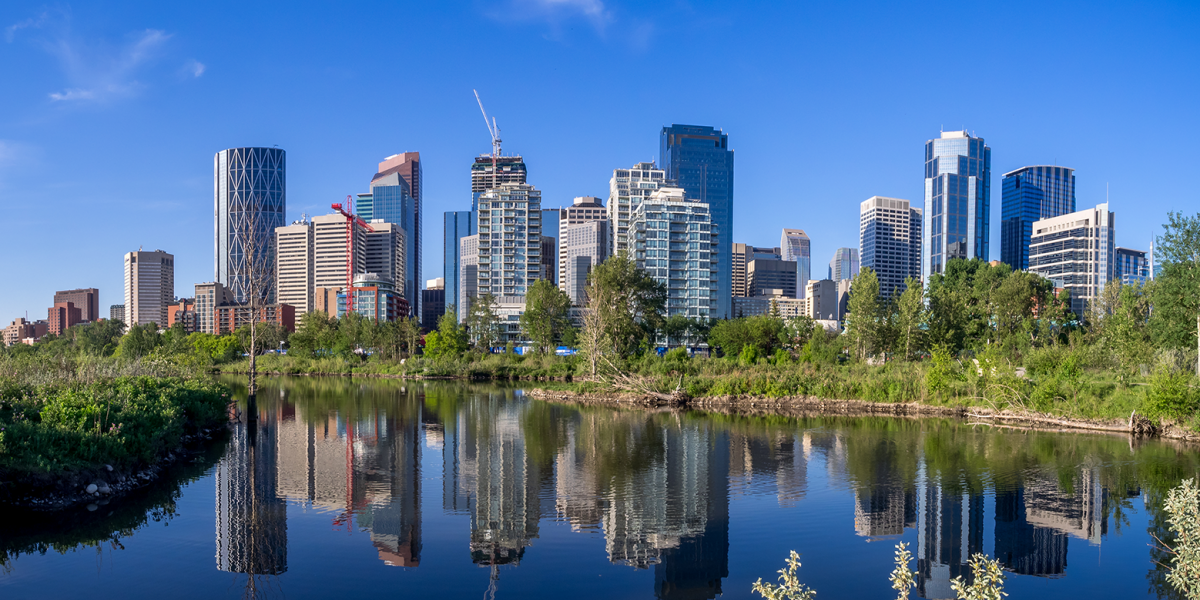This case study is part of a collaborative series between the Canadian Institute for Climate Choices and the Smart Prosperity Institute exploring the value of urban natural infrastructure within the context of climate change and other economic, environmental and societal objectives. Other case studies in the series cover green roofs and urban forests.
Infrastructure is the underlying structure that helps a country and its economy function. While most people think of infrastructure as concrete structures like bridges and ports, wetlands are also doing critical work. Wetlands can absorb and store carbon dioxide, reduce the severity of floods, filter pollutants from air and water, and provide species habitat and food. Protecting and restoring wetlands will be critical to both reducing greenhouse gas emissions and adapting to a changing climate.
The devastating floods in Calgary in 2013, and the ongoing policy response, highlight the importance of considering wetlands as urban flood management infrastructure. Protecting and restoring wetlands can be more cost-effective than engineered solutions, while also supplying other benefits. Government policy is essential to protect valuable wetlands—on both public and private lands—and to encourage investment in wetland restoration.
READ THE CASE STUDY: Wetlands can be Infrastructure too
Also in this series:



